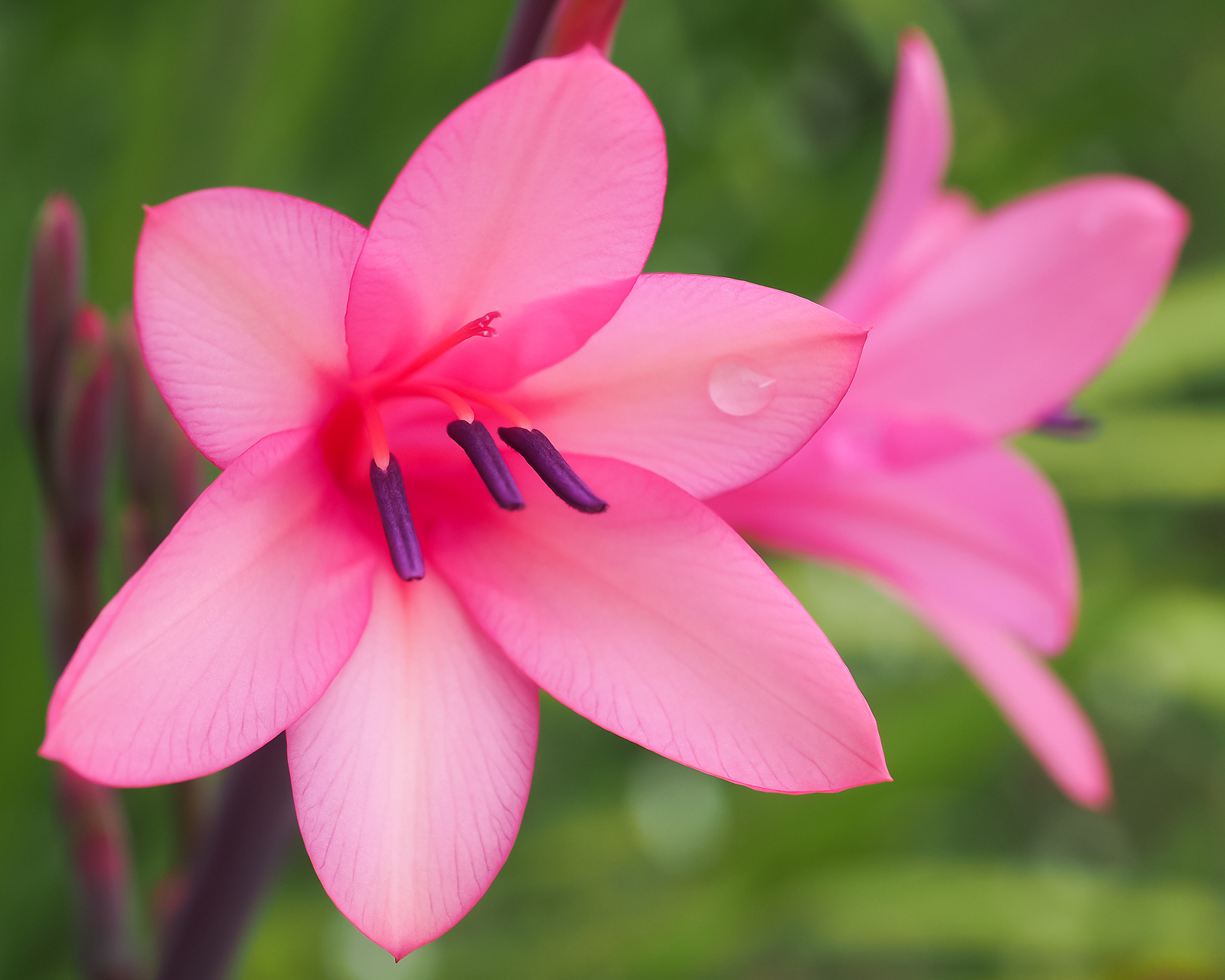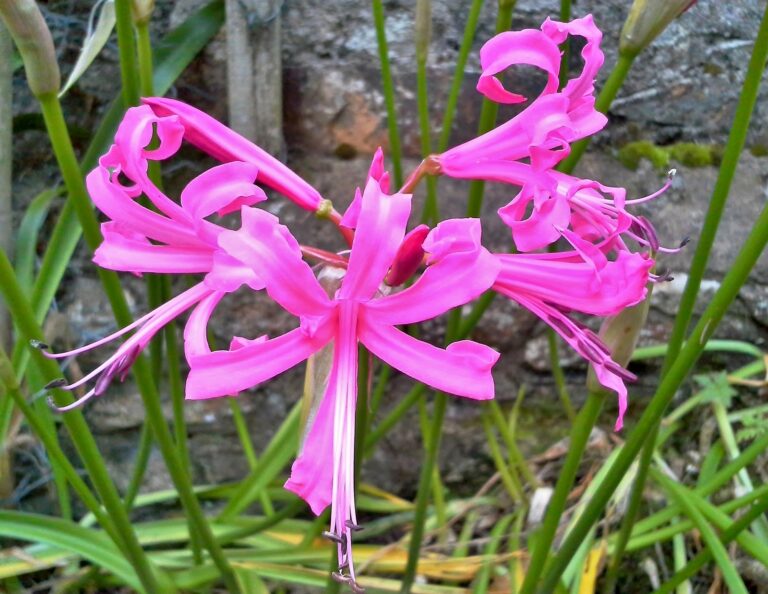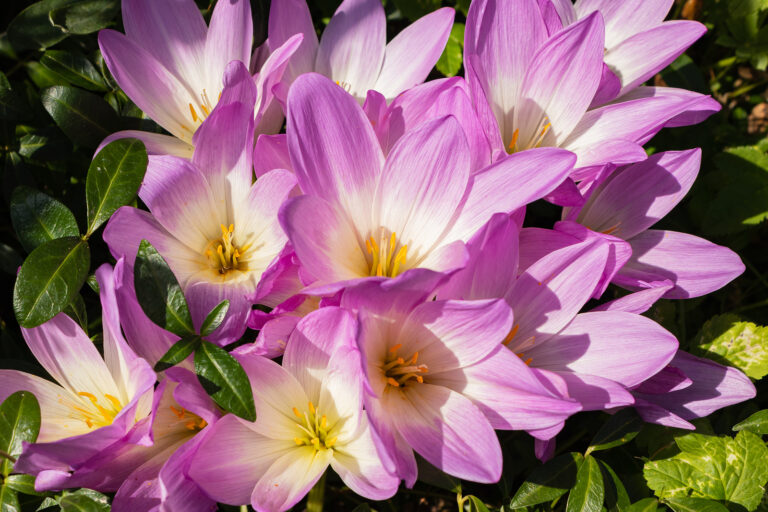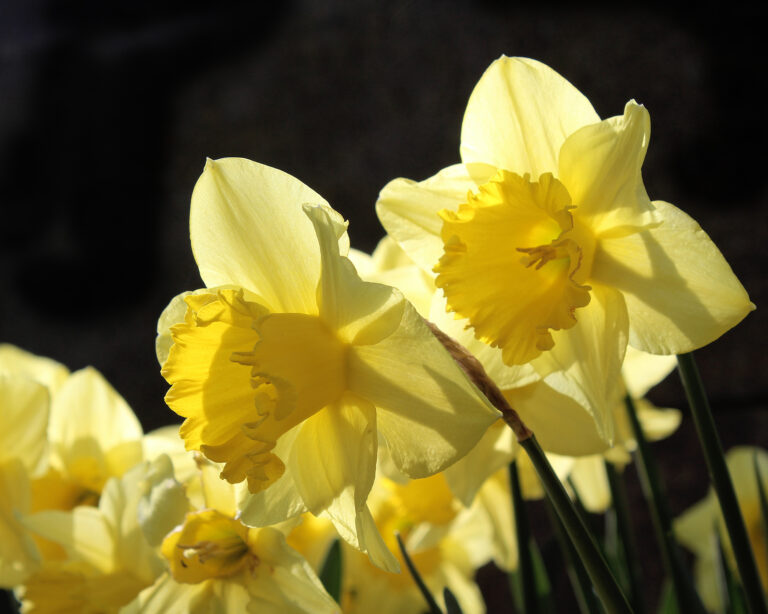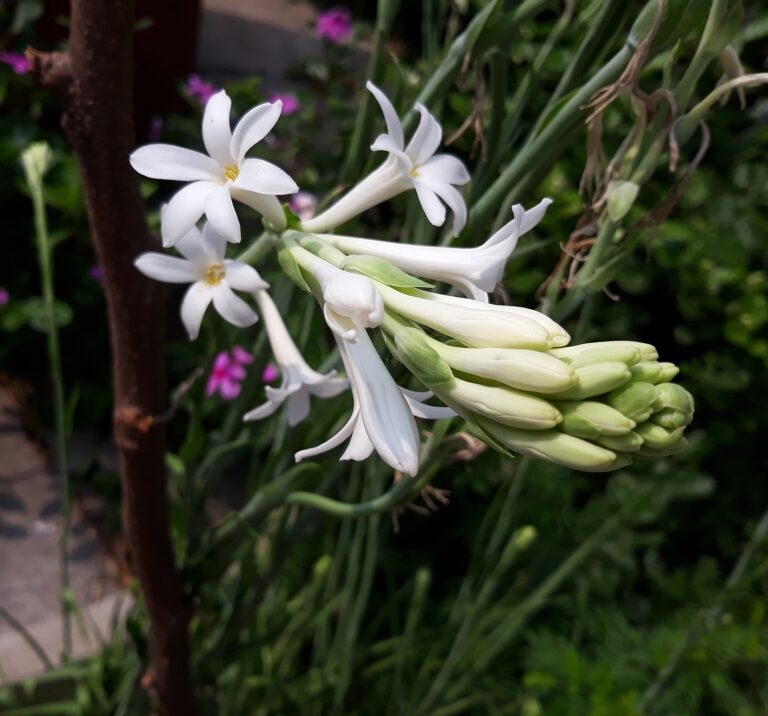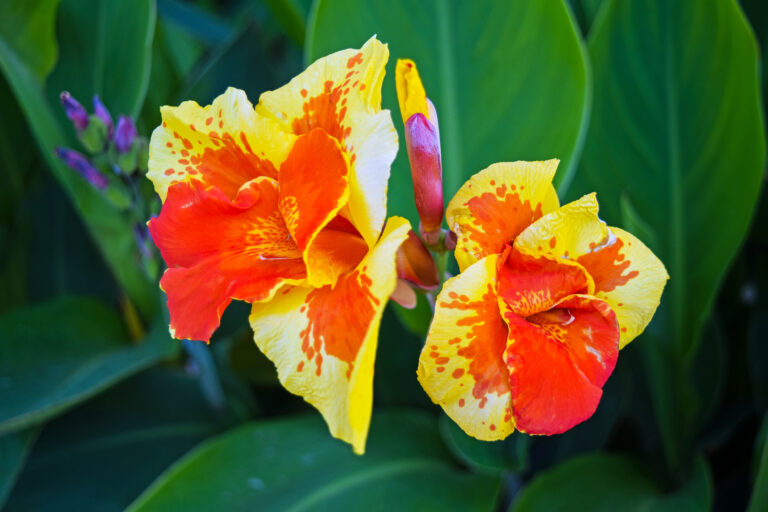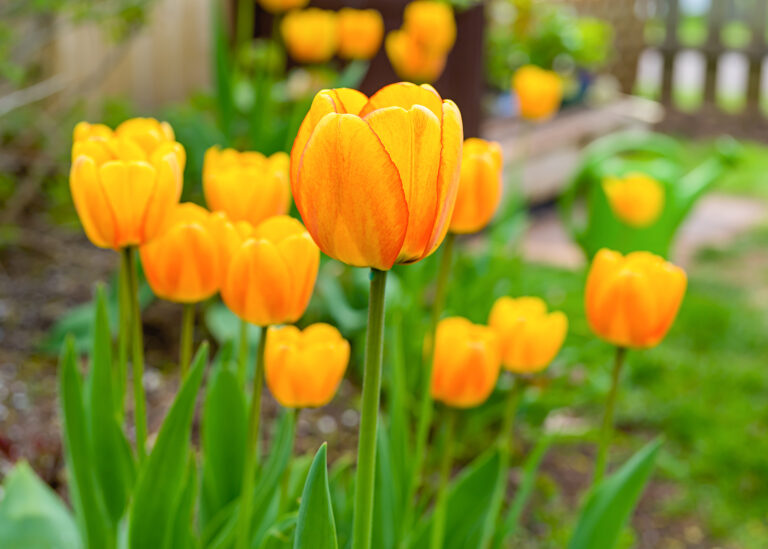How to Grow Watsonia — Cape Bugle Lily
Watsonia is grown for its fragrant, showy flowers that appear on long spikes. The individual trumpet-like flowers are nearly symmetrical tubes. Flowers are pink, red, or lavender.
Watsonia resembles Gladiolus, however, it grows taller, its flower spikes are slimmer, and its sword-shaped leaves are less rigid.
Watsonia’s individual flowers are tubular and curbed at the base with six spreading lobes or petal-like tepals. Watsonia’s flowers are smaller than Gladiolus.
There are about 60 species of Watsonia. All are grown from corms. Watsonia is native to South Africa and Madagascar.
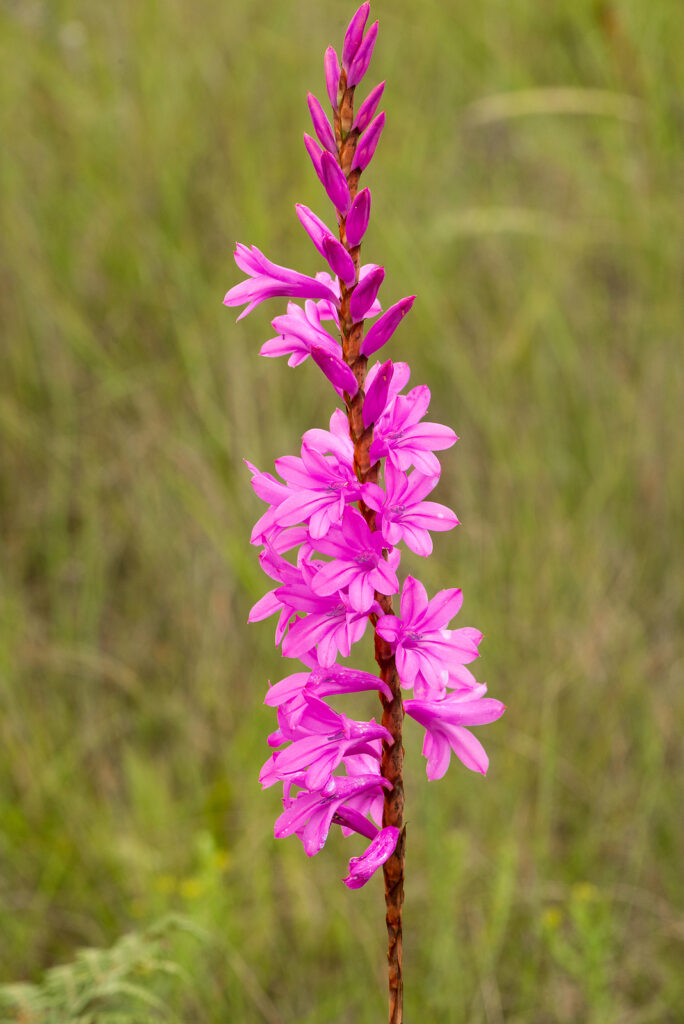
Get to know Watsonia
- Plant type: Perennial grown from corms
- Growing zones and range: Zones 8 to 10
- Hardiness: Hardy in growing zones
- Height and width: 3½ to 6 feet (1.07-1.8m) tall depending on species.
- Flowers: Trumpet-shaped tubular flowers in pink, red, or lavender
- Bloom time: Summer
- Uses: Flowers attract butterflies and hummingbirds.
- Common name: Watsonia, Cape bugle lily
- Botanical name: Watsonia
- Family name: Iridaceae
Where to plant Watsonia
- Grow Watsonia in full sun.
- Watsonia will grow in average to humus-rich, well-drained soil.
When to plant Watsonia
- Plant Watsonia in spring in cold-winter regions; plant corms in early autumn in mild-winter regions.
Planting and spacing Watsonia
- Plant corms 3 to 6 inches (10-15cm) deep. Set small corms 3 inches deep and larger corms deeper.
- For best results, dig a shallow trench and fill it with soil as the plants grow. Grown this way mature plants may not need staking.
- Space plants 12 to 18 inches (30-45cm) apart.
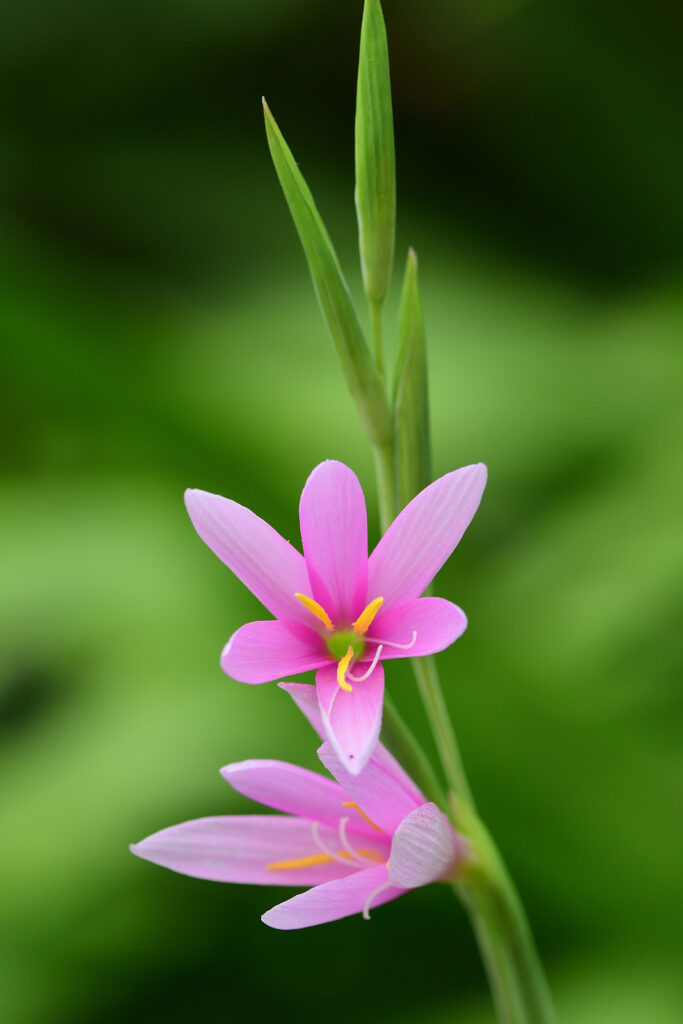
How to water and feed Watsonia
- Give Watsonia regular water during growth and bloom time.
- Add a bulb food or all-purpose fertilizer to the planting hole at planting time.
Watsonia care
- Where hardy Watsonia can be left undisturbed for years.
- In colder regions, grow Watsonia borbonica (deciduous species) as you would gladiolus: plant in spring for late spring and early summer bloom, then dig and store the corms after the foliage dies down.
- Watsonia may need staking.
Watsonia pests and diseases
- Watsonia may be susceptible to rust disease.
- Watsonia can be attacked by whitefly and sucking insects; leaves can be left stippled.
Watsonia propagation
- Watsonia can be propagated by division. After bloom time, lift corms and separate small cormels for replanting the following spring.
- Separate cormels after leaves turn yellow.
Watsonia varieties to grow
- Watsonia borbonica (W. pyramidata): deciduous; grows 4 to 6 feet (1.2-1.8m) tall; blooms in late spring bearing 2.5-inch flowers in pink, rosy red, or white; hybrids may be pink, red, or lavender; dies back after spring bloom and reappears in fall.
- W. pillansii (W. beatricis): evergreen; blooms in midsummer with 42 inch (106cm) slightly branched stems; bright reddish apricot flowers; hybrids in colors ranging from peach to nearly red.

